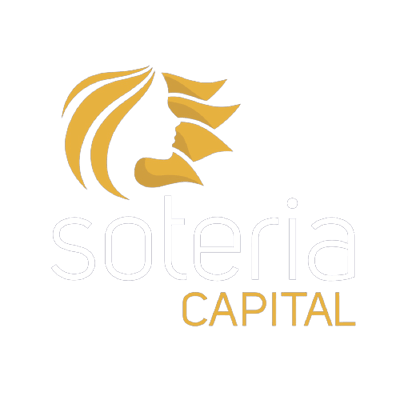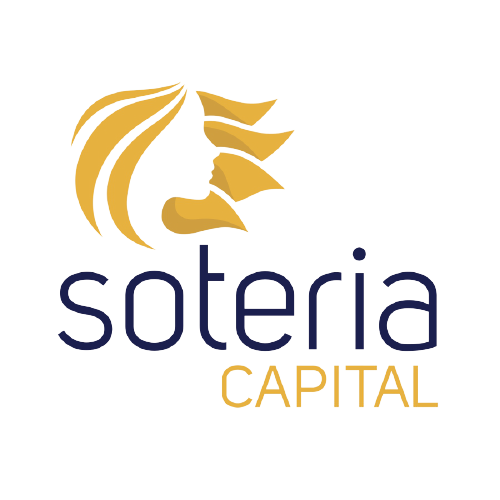A recent survey from the Business Roundtable revealed confidence about the outlook into next year, but that was conducted before the first cases of omicron were reported. CNBC Contributor Suzy Welch led a CNBC Leadership Exchange virtual roundtable with CEOs across various sectors of the economy to gauge their confidence now as Covid dominates the market.
The message from CEOs: Expect volatility to rule again in 2022.
“Almost a year ago, we’re all saying goodbye to 2020 ... like good riddance,” Welch said. “The sort of the year ahead was going to give us back our visibility into the future, give us back some kind of feeling that the earth was not moving under our feet at every moment. And of course, it just didn’t happen. ... You sort of get to a place where you think, ‘What can I know anymore?’”
Shane Grant, Danone North America CEO, said “As we go into 2022, I think it’s this theme of just volatility, and it’s not one particular type of volatility. It’s enormous volatility in our supply chain. It’s everything from input availability, capacity, transportation, labor, it’s COVID adaptations byways of working adaptation. It’s this accordion economy of sort of stop-and-go and the adaptations required.”
COVID will not end
COVID is not going to end at any point in 2022, according to Dr. Marlow Hernandez, CEO of Cano Health, a healthcare service provider for seniors. “No, sorry,” he said. “Because it’s so transmissible because it continues to vary.”
He said that looking at the levels of vaccination across industrialized nations and increasingly, across the world, and still seeing “the staggering caseload” leads him to the downbeat conclusion. That doesn’t mean new stay-at-home orders and lockdowns, but if there is a new normal it includes COVID. “We understand lots about the virus, but it’s a lot more like flu and hepatitis and measles and some others than it is like smallpox that we can simply eradicate from the earth,” Hernandez said.
Supply Chain & Inflation Concerns
“And now we’re about to enter this new phase of the unknown,” Parra said. “And then we’re back into cycles in Europe of potential lockdowns, you have a very strict position in China where they want to eradicate COVID. ... you’ve got restrictions from a flight perspective, you’ve got the impact on transportation.”
The fear of running out of inventory is now embedded in the supply chain, he said. “Companies going from ‘just in time,’ which is what it used to be before, to ‘just in case,’ which is what it is today.” And an already stressed supply chain has led to price spikes which will remain subject to more volatility.
Despite the foregoing, the most daunting threat on the horizon remains the Federal Reserve. Chairman Powell signaled early in the week that raising rates to curb inflation may be coming sooner rather than later. The market coughed up 1,000 points at Powell’s less than dovish comments.
It is clear to see that there are mounting challenges for asset allocators. Equities volatility is both friend and foe depending on which side of the trade you’re on. Many of you have amassed fortunes on paper owning stocks. Those gains can only be memorialized if you take them.
Senior life settlements are an absolute return asset class that acts as a bond alternative. A life settlement creates value by allowing the investor to buy the asset with a known maturity value at a significant discount. Rather than hoping the prices of your stocks go up and all these economic and event-driven risks don’t come home to roost, play a little defense. It might be smart to take some profits off the table and make an investment in one of the only truly non-correlated asset classes available. Life settlements work whether the markets do or not.


